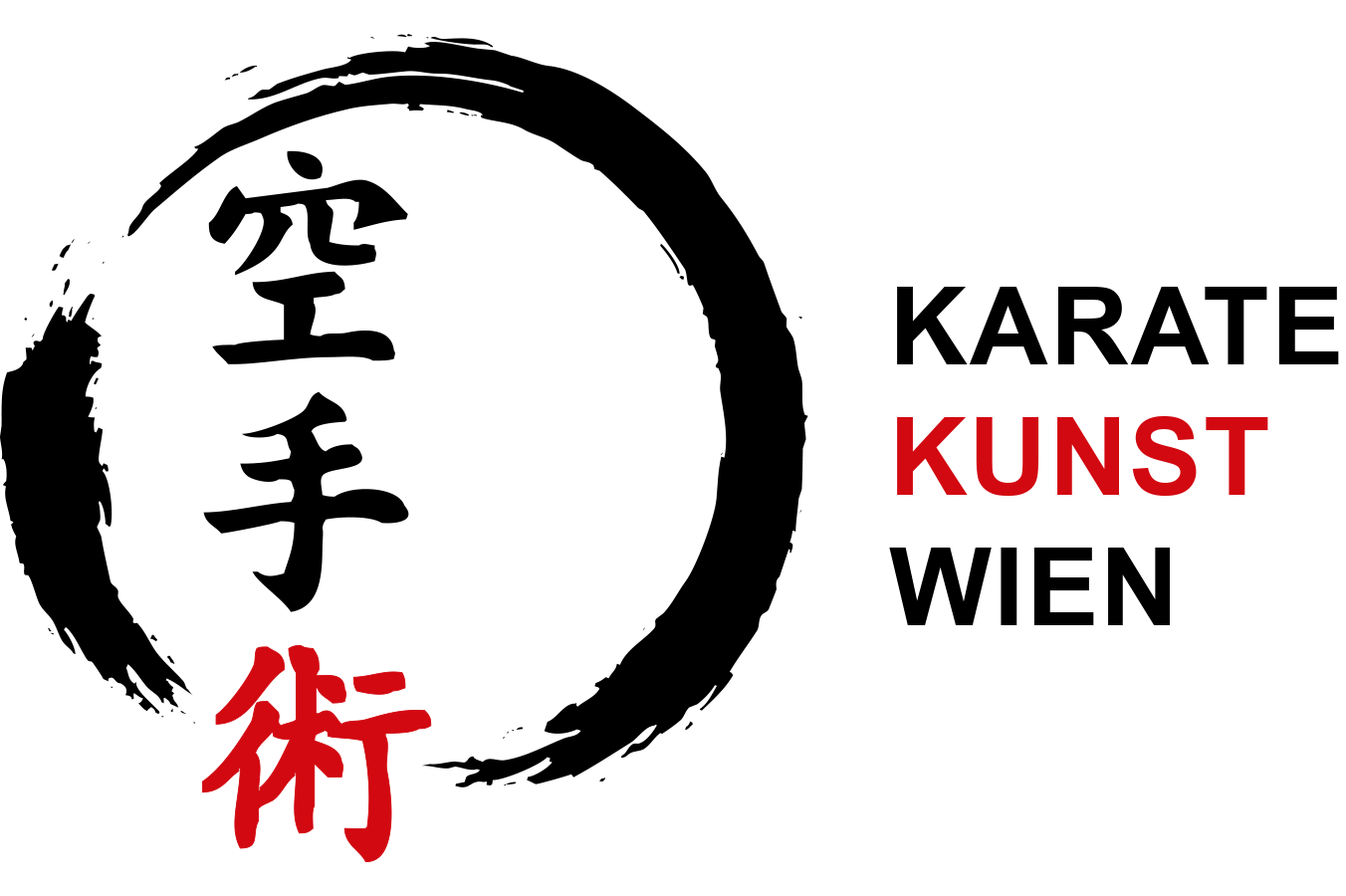25.09.2022/in Karate-Techniken/von Franz
The fascination of karate lies in the holistic combination of traditional values with technical skills, self-defense, sporting challenge and training of body and mind. In the following, five fundamental aspects of karate are explained in more detail.
1. Rei – Respect and „rituals“ in karate training
In his book „The 20 Principles of Karate“ Gichin Funakoshi dedicated the very first chapter to „Rei“: „Karate begins and ends with respect“. Among other things, this means the mutual bowing and also the bowing when entering the dojo.
But Rei rather also symbolizes the general attitude and respect for the thing you practice. This includes sitting in „seiza“ at the beginning and end of the training. Mokuso (jap. calm thinking) is performed, a short meditation that is supposed to detach the karateka from everyday life and prepare him for the training.
For some athletes, these rituals may seem outdated, but for me as a karate teacher, they represent a significant aspect of the fascination of karate. On the one hand, it is about traditions that we preserve, and on the other hand, it is already a part of the training itself, by training calmness and concentration.
2. Kime – focused hit effect through optimal body tension
The correct use of body tension is essential in all martial arts: one should be relaxed at the beginning of a technique, so that it can be initiated quickly and without any approach. At the end point of the technique, the body is tense, in order to strengthen the effect.
What makes kime so unique in karate is the explosive focus of the technique in the shortest possible moment of impact, while simultaneously tensing all the muscles involved (optimally all muscles from calf to forearm).
Timing is crucial here: if you tense up too early, you slow down the strike and lose some of the possible momentum. Of course, such a hit would also be painful, but the right kime should have a final effect.
3. Distance – techniques with a long range
Most martial arts such as judo, aikido, jiu jitsu, boxing, etc. are focused on rather close distances. In karate, in addition to close combat techniques, there are also techniques for overcoming greater distances, such as oi-zuki, where a punch is executed with a step forward (in English therefore also called stepping punch).
For me, the oi-zuki is the true essence of the fascination of karate, because it reflects the Zen idea of lifelong practice!
For other martial arts, it may seem pointless to practice a technique with step, since a trained martial artist, such as a boxer, would immediately counter into the technique. But through continuous repetition, speed, explosiveness and power successively improve until the oi-zuki becomes a formidable weapon at longer distances, suitable for example against several opponents or to pre-empt a stick attack.
Of course, no matter how often you practice a technique against weapons, the armed attacker has a massive advantage and de-escalation or flight is always the better way.
4. Fight against multiple opponents
The only true defense against multiple opponents is … running! Even the best fighter can’t defend himself in all directions at the same time: Everyone knows those thoroughly choreographed movie scenes in which the hero disables countless villains – unfortunately unrealistic!
Martial arts does not confer invincibility, but depending on the style, a craft box with hopefully helpful techniques for self-defense. Above all, two points speak here for the fascination of karate: On the one hand, the rehearsal of defensive techniques through the practice of kata and on the other hand, the acquisition of a sense of the environment by moving in all directions.
In kata, shadow fighting is practiced against mostly 2-3 opponents, either alone or in partnered application ( called „bunkai“). Through various combinations of defense with follow-up attacks, the karateka learns to counter different threats. This is not, as is often mistakenly thought, about learning the best application technique. Rather, it is about automating the individual sequences: Block + Counterattack to be performed as quickly and strongly as possible. This is to retrieve the sequence from the subconscious in case of emergency.
The mentioned other aspect of kata training is away from techniques: One moves in all directions during the kata, including defending backwards in the back direction, and then comes back to the starting point. In this way, one learns to maintain an overview and develop an appropriate sense of space.
In addition to rehearsed kata applications, the above Kime principle is also crucial for the fight against multiple opponents. If a fight is really unstoppable, it is necessary to finish the leader quickly and without compromise.
A confrontation over several blows would give the other opponents the opportunity to intervene – therefore, optimally, the leader should be eliminated with the first blow, using maximum kime.
5. Methodology – kihon and the power of repetition
The art of karate is alive and constantly evolving. From the point of view of karate-do, the lifelong path of practice, the basic school Kihon will always be an important aspect.
There is hardly any martial art in which the accuracy of technique plays such a large role as in karate.
The very first exercise in karate, „straight fist thrust forward in shoulder-width stance (choku-zuki in shizentai)“, is still practiced daily even by old masters after decades of training, in order to get a little bit closer to perfection.
This simple fist punch becomes over the years a motoric work of art of harmonious interaction of legs, hips, abdominal muscles, shoulders, elbows and fists; although we do not move from the spot – this is truly the fascination of karate and lived Budo!
Mokuso!
Mokuso yame!
Shomeni Rei!
Oss!
